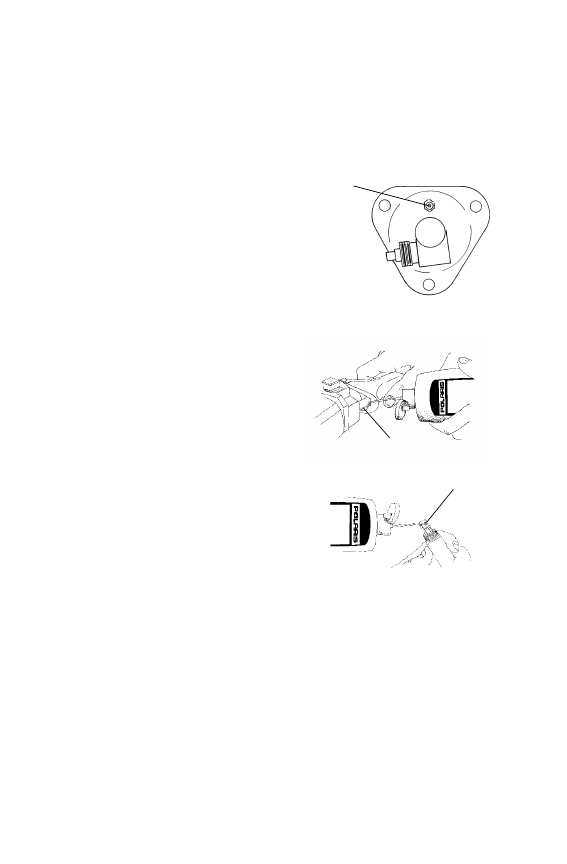Snowmobile Polaris 340 Edge / 550 LX (2008 year). Instruction - part 19

76
MAINTENANCE
Lubrication
Jackshaft Bearing
The jackshaft bearing on your model may be equipped with a grease fit-
ting, but this component is greased for life at the factory. Additional
lubrication is not required.
Driveshaft Bearing
Inject grease into the fitting on the
speedometer sensor housing until
grease purges from the seal on the
inside of the tunnel. This should
take approximately two pumps. Do
not use more than four pumps.
Throttle Cable
Lubricate the throttle cable lightly
with grease or oil. With the engine
off, turn the handlebars to the left
and lubricate liberally as shown.
Choke and Choke Cable
Lubricate the choke slide and cables
lightly with oil or grease. Before
turning the engine off, operate the
choke intermittently to draw mois-
ture out of the choke plunger area
and reduce the possibility of the
choke becoming frozen.
+
+
+